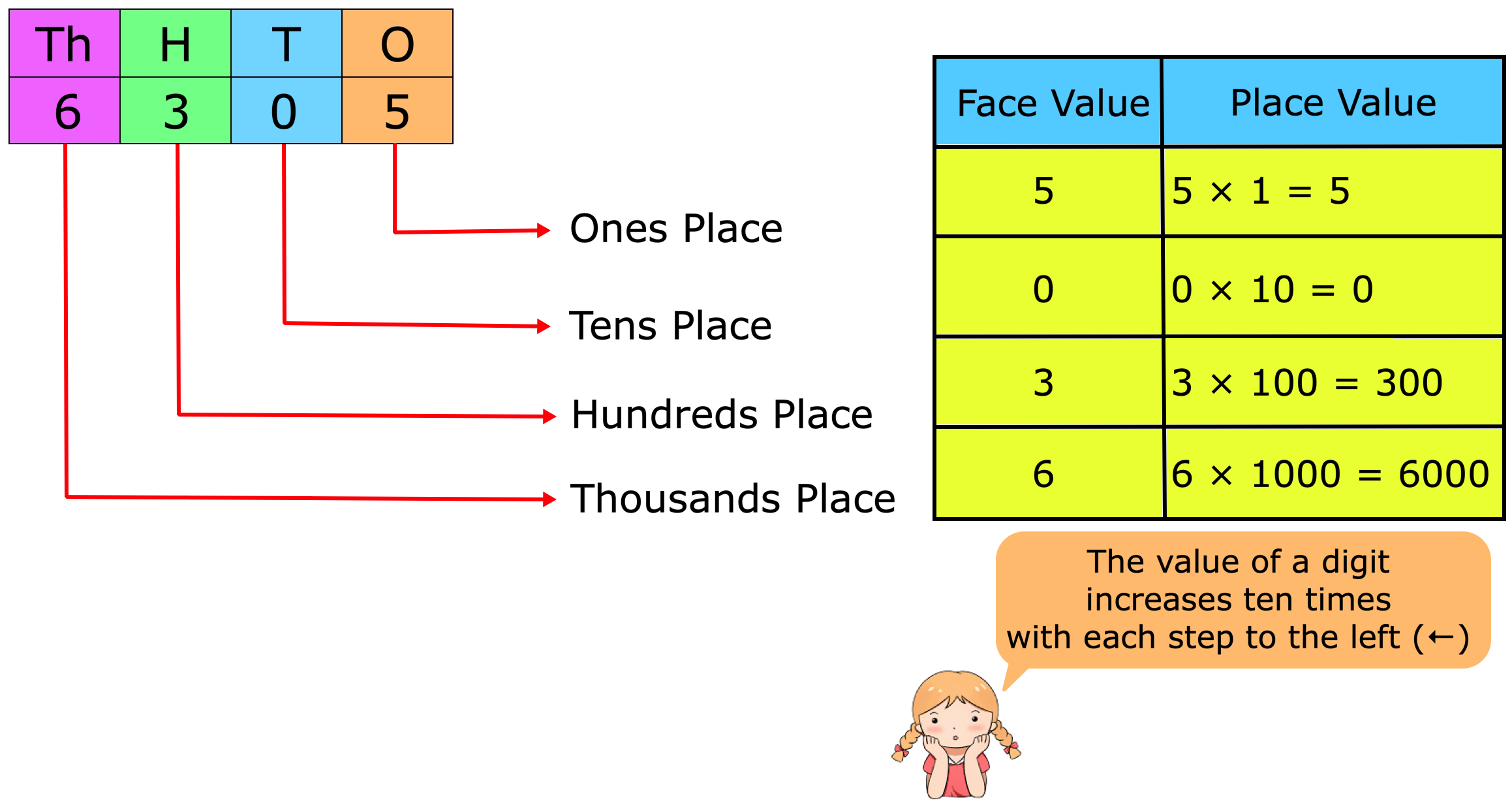Selection of Terms in Geometric Progression
Sometimes we need to assume certain number of terms in Geometric Progression. The following ways are generally used for the selection of terms in Geometric Progression.
(i) If the product of three numbers in Geometric Progression be given, assume the numbers as ar, a and ar. Here common ratio is r.
(ii) If the product of four numbers in Geometric Progression be given, assume the numbers as ar3, ar, ar and ar3. Here common ratio is r2.
(iii) If the product of five numbers in Geometric Progression be given, assume the numbers as ar2, ar, a, ar and ar2. Here common ratio is r.
(iv) If the product of the numbers is not given, then the numbers are taken as a, ar, ar2, ar3, ar4, ar5, .....................
Solved examples to observe how to use the selection of terms
in Geometric Progression:
1. Sum and product of three numbers of a geometric progression are 38 and 1728 respectively. Find the numbers.
Solution:
Let the numbers be ar, a and ar. Then,
Product = 1728
⇒ ar ∙ a ∙ ar = 1728
⇒ a = 12
Sum = 38
⇒ ar + a + ar = 38
⇒ a(1r + 1 + r) = 38
⇒ 12(1 + r + r2r) = 38
⇒ 6 + 6r + 6r2 = 19r
⇒ 6r2 - 13r + 6 = 0
⇒ (3r - 2)(2r - 3) = 0
⇒ (3r - 2) = 0 or, (2r - 3) = 0
⇒ 3r = 2 or, 2r = 3
⇒ r = 23 or, r = 32
Hence, putting the values of a and r, the required numbers are 8, 12, 18 (Taking r = 23)
or, 18, 12, 8 (Taking r = 32)
2. Find three numbers in Geometric Progression whose sum is 35 and product is 1000.
Solution:
Let the required numbers in Geometric Progression be ar, a and ar.
By the conditions of the problem, we have,
ar ∙ a ∙ ar = 1000
⇒ a3 = 1000
⇒ a = 10 (Since, a is real)
and ar + a + ar = 35
⇒ a + ar + ar2r = 35
⇒ 10(1 + r + r2) = 35r (Since a = 10)
⇒ 2 (1 + r + r2) = 7r
⇒ 2 + 2r + 2r2 - 7r = 0
⇒ 2r2 - 5r + 2 = 0
⇒ 2r2 - 4r - r + 2 = 0
⇒ 2r(r - 2) -1(r - 2) = 0
⇒ (r - 2)(2r - 1) = 0
Therefore, r = 2 or, ½
Hence, putting the values of a and r, the required numbers are 102, 10, 10 ∙ 2 i.e., 5, 10, 20 (Taking r = 2)
Or, 10 ∙ 2, 10, 10 ∙ ½ i.e., 20, 10, 5 (taking r = ½).
● Geometric Progression
- Definition of Geometric Progression
- General Form and General Term of a Geometric Progression
- Sum of n terms of a Geometric Progression
- Definition of Geometric Mean
- Position of a term in a Geometric Progression
- Selection of Terms in Geometric Progression
- Sum of an infinite Geometric Progression
- Geometric Progression Formulae
- Properties of Geometric Progression
- Relation between Arithmetic Means and Geometric Means
- Problems on Geometric Progression
11 and 12 Grade Math
From Selection of Terms in Geometric Progression to HOME PAGE
Didn't find what you were looking for? Or want to know more information about Math Only Math. Use this Google Search to find what you need.
Recent Articles
-
Conversion of a Decimal Fraction into a Fractional Number | Decimals
Apr 16, 25 12:05 PM
We will discuss here about the working rule for the conversion of a decimal fraction into a fractional number. The rules of converting decimal number to fraction are -
Conversion of Fractions to Decimals Numbers | Fractions as Decimals
Apr 16, 25 10:53 AM
We will discuss here about the working rule for the conversion of fractions to decimal numbers. The rules for converting fractions with denominators 10, 100, 1000, etc. into decimal fraction -
5th Grade Decimals | Word Problem on Decimals | Concept of Decimals
Apr 16, 25 09:58 AM
A fractional number whose denominator is 10 or multiple of 10 is called a decimal. Every decimal has two parts whole number part and decimal part. These two parts are separated by a dot or point. This… -
Place Value and Face Value | Place and Face Value of Larger Number
Apr 13, 25 03:12 PM
The place value of a digit in a number is the value it holds to be at the place in the number. We know about the place value and face value of a digit and we will learn about it in details. We know th… -
Face Value and Place Value|Difference Between Place Value & Face Value
Apr 13, 25 03:07 PM
What is the difference between face value and place value of digits? Before we proceed to face value and place value let us recall the expanded form of a number. The face value of a digit is the digit…




New! Comments
Have your say about what you just read! Leave me a comment in the box below. Ask a Question or Answer a Question.